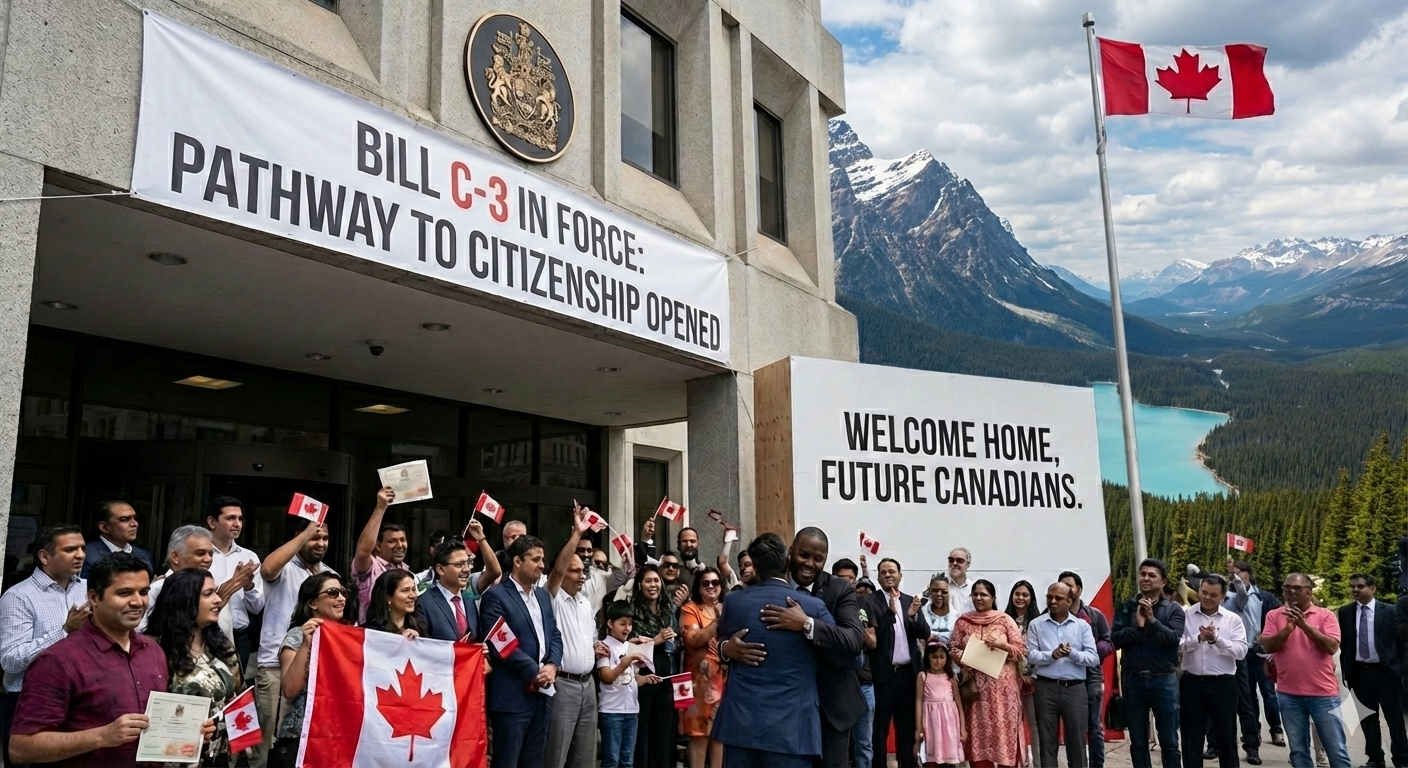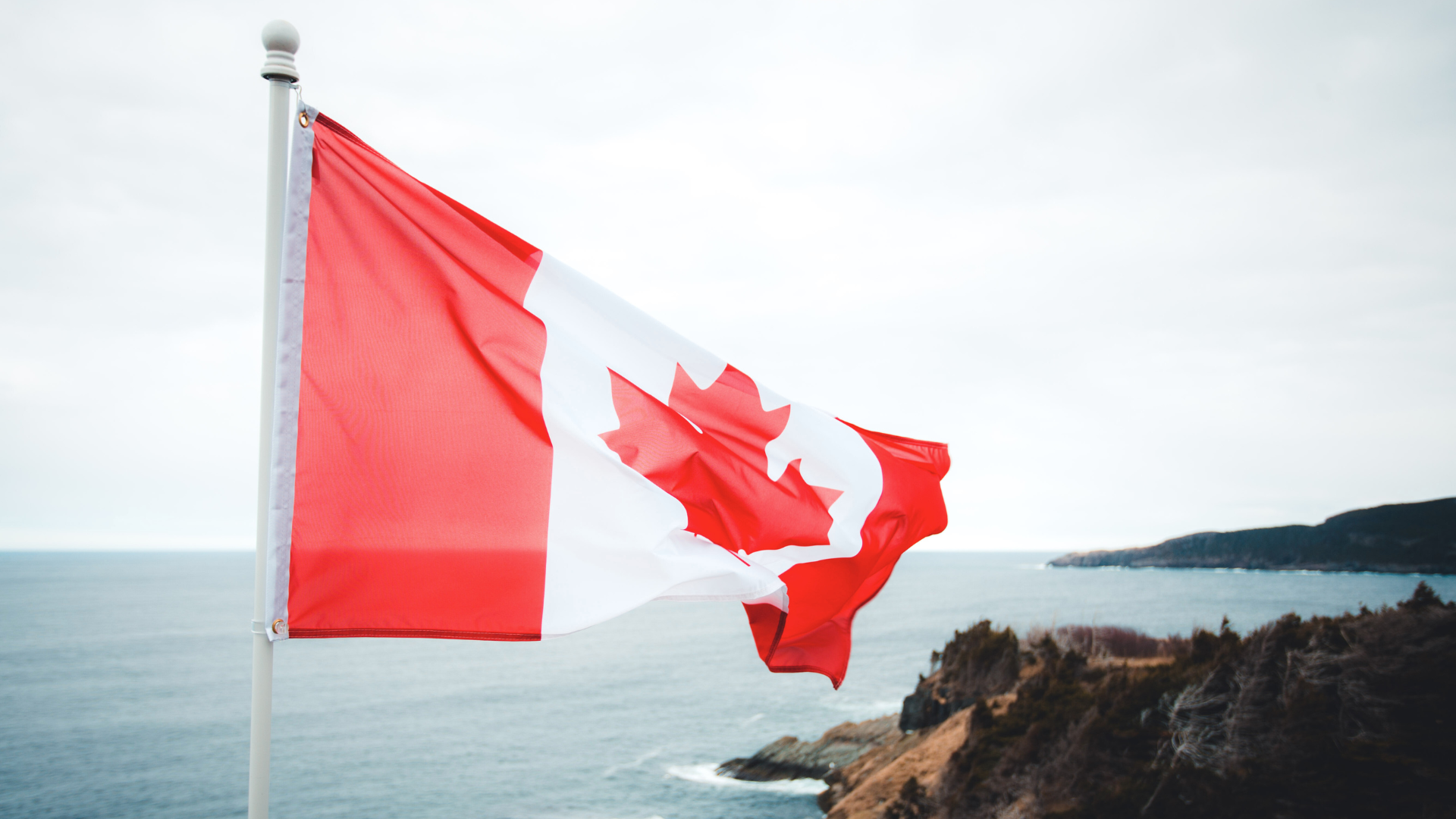What to Expect When Arriving in Canada on a Work Permit or Study Permit

If you’re arriving in Canada for the first time as an international
student or temporary foreign worker, being prepared can make your
landing experience smooth and stress-free.
From the documents you must carry to common mistakes to
avoid, here’s a detailed guide on what to expect when entering Canada.
Key Topics Covered
- Essential
documents to carry when travelling
- What
happens during your Canada Border Services Agency (CBSA) interview
- Common
mistakes to avoid at the border
- How
to get your Social Insurance Number (SIN) at the airport
1. Essential Documents to Carry
Both international students and foreign workers must have
the following when arriving in Canada:
- A
valid passport or travel document
- Proof
of funds to support yourself in Canada
- A
visa or Electronic Travel Authorization (eTA) (if required)
- Your
Letter of Introduction (also called a Port of Entry Letter)
Exceptions:
- U.S.
citizens, U.S. Green Card holders, and French citizens
living in St. Pierre and Miquelon are exempt from visa and eTA
requirements.
- U.S.
citizens and Green Card holders can apply for a study
permit directly at the port of entry.
Depending on your permit type, you may also need additional
documents:
|
Permit Type |
Additional Documents Required |
|
Study Permit |
Letter of Acceptance, valid medical exam results (if
required) |
|
Work Permit |
Proof of qualifications, proof of work experience, LMIA
or CAQ (if applicable), Offer of Employment Number (for LMIA-exempt workers) |
Keep all essential documents in your hand luggage,
not your checked baggage. It’s also advisable to have your Canadian address,
important contact numbers, and a credit card or Canadian cash
ready for immediate use.
2. Getting Your Study or Work Permit at the
Airport
Once you arrive in Canada, you’ll go through an interview
with a CBSA officer at the port of entry.
The officer will:
- Verify
your travel documents
- Ask
questions about your plans in Canada
- Assess
whether you meet the entry requirements
They will also determine whether you have genuine
temporary intent, meaning you plan to leave Canada once your authorized
stay ends.
If the officer doubts your intent or finds inconsistencies,
your entry or permit could be refused.
Be honest and consistent in your answers.
Misrepresentation or lying can result in a five-year immigration ban.
If approved, the CBSA officer will print and issue your study
or work permit on the spot. Before leaving the counter, double-check all
the details (expiry date, employer name, school name, and spelling) to correct
any errors immediately.
Tip: If your port of entry isn’t
your final destination in Canada, ensure you allow enough time during your
layover to complete the permit issuance process.
3. Entering Canada Through a Land Border
The process at a land border is similar. If you arrive by
car, you’ll likely be asked to park and enter a CBSA office for your interview.
The officer will review your documents and issue your study
or work permit if all requirements are met.
4. Common Mistakes to Avoid at the Border
a) Not Declaring Cash Over $10,000
If you carry CAD 10,000 or more (or equivalent in
another currency), you must declare it to the CBSA.
This includes:
- Bank
drafts
- Cheques
- Traveller’s
cheques
- Money
orders
- Bearer’s
bonds
Failing to declare can result in seizure of your funds,
even if they are legally earned.
b) Bringing Excess Prescription Medication
Canada limits how much prescription medication can be
brought for personal use — usually a 90-day supply.
To avoid issues:
- Keep
medications in original labelled packaging
- Carry
a copy of your prescription or a doctor’s note
- Be
ready to explain your medical need to the CBSA officer
c) Failing to Declare Controlled Substances
Certain medicines are regulated under the Controlled
Drugs and Substances Act (such as opiates or stimulants like Adderall).
You must:
- Declare
them to the CBSA
- Carry
them in original pharmacy packaging
- Have
a valid prescription in your name
- Bring
only a 30-day supply or a single course of treatment
Check whether your medication is controlled by referring to
the active ingredients, not just the brand name.
d) Not Declaring Prohibited or Restricted Items
When entering Canada, you must declare items such as:
- Food,
plants, and animals
- Alcohol,
tobacco, and vaping products
- Firearms
or weapons
You cannot bring the following:
- Cannabis
or cannabis-infused products
- Illegal
drugs
- Prohibited
firearms or weapons
- Sick
animals or endangered species
- Any
package with contents you cannot identify
5. Getting a Social Insurance Number (SIN)
A SIN is a nine-digit number required for:
- Employment
in Canada
- Filing
taxes
- Accessing
government benefits
International students and workers need a SIN to start
working legally.
You can apply for your SIN directly at certain airports
through Service Canada centers located at:
- Toronto
Pearson International Airport
- Montréal-Trudeau
International Airport
- Vancouver
International Airport
- Halifax
Stanfield International Airport
- Calgary
International Airport
- Edmonton
International Airport
If the Service Canada desk is closed when you arrive, you
can apply online or visit a Service Canada office after settling
in.
Final Thoughts
Arriving in Canada is an exciting milestone, but
preparation is key to a smooth entry process.
Keep all your documents handy, be honest with border officers, and understand
the conditions of your permit.






